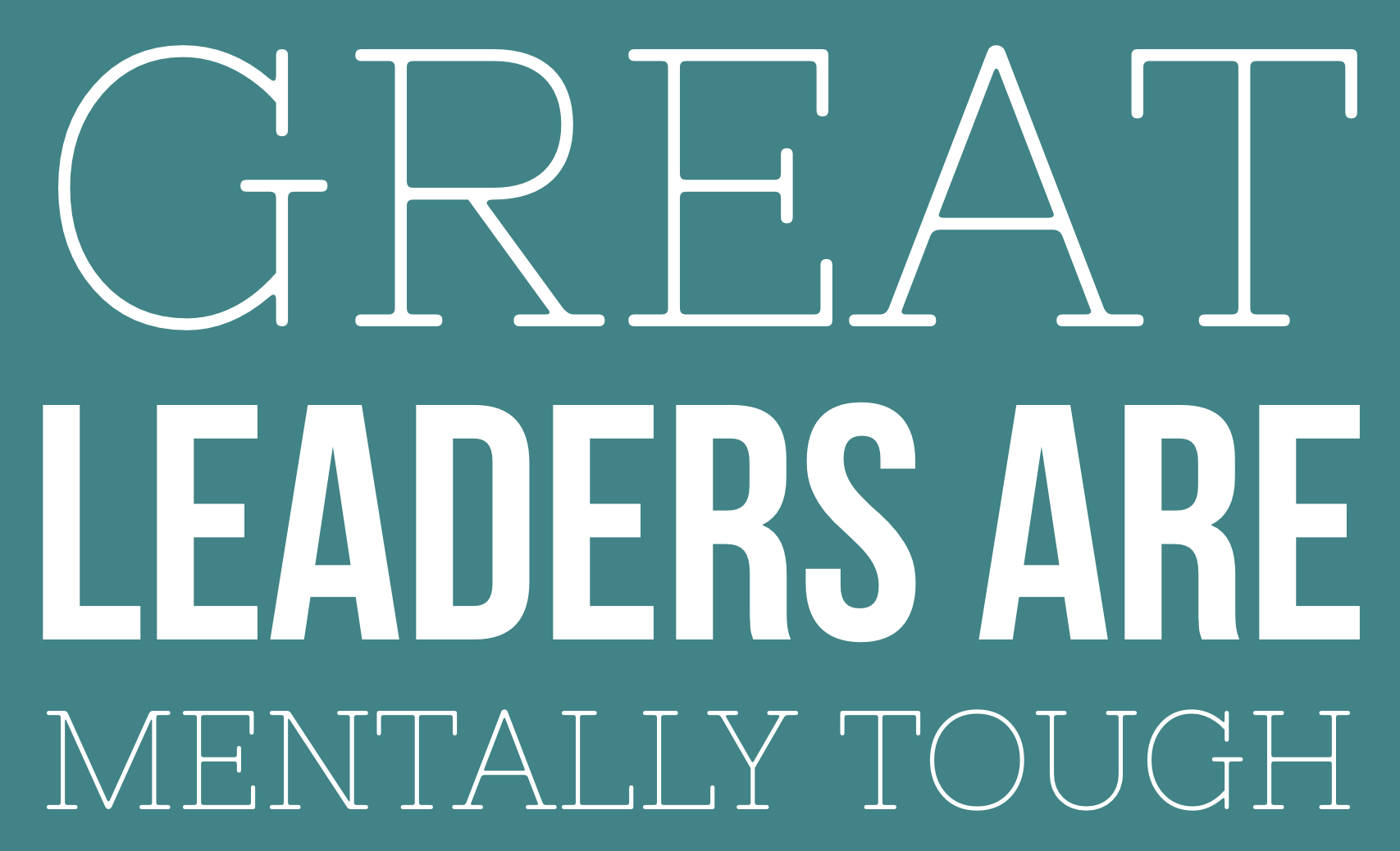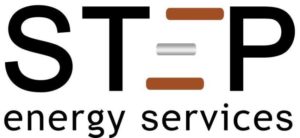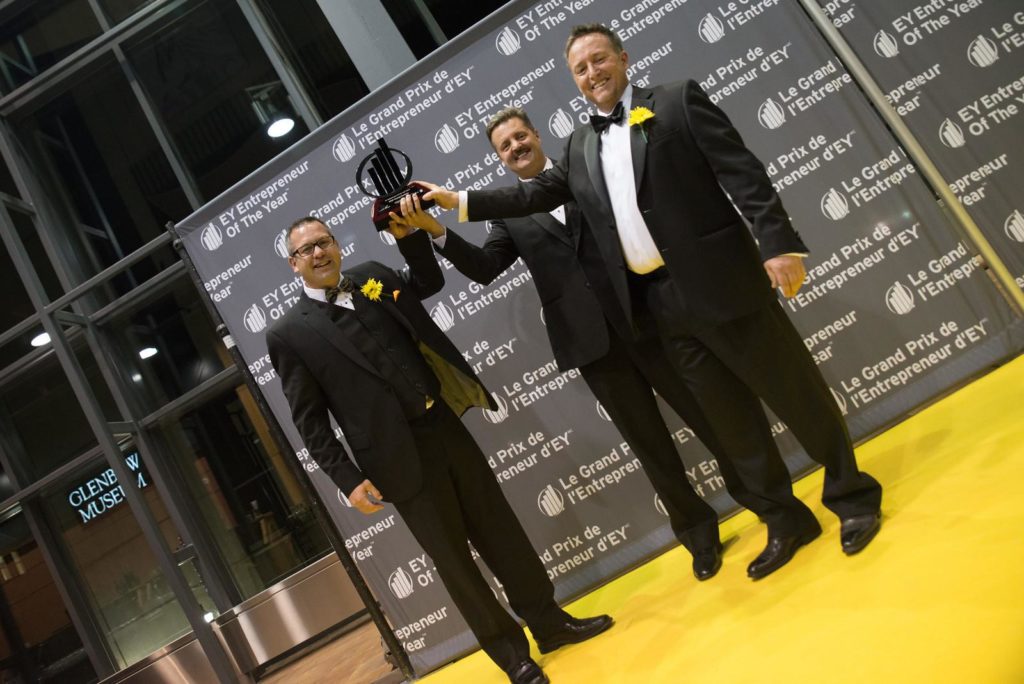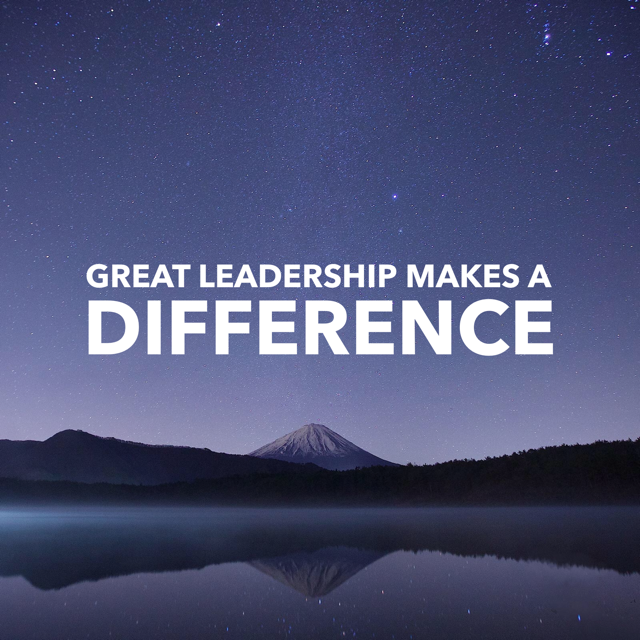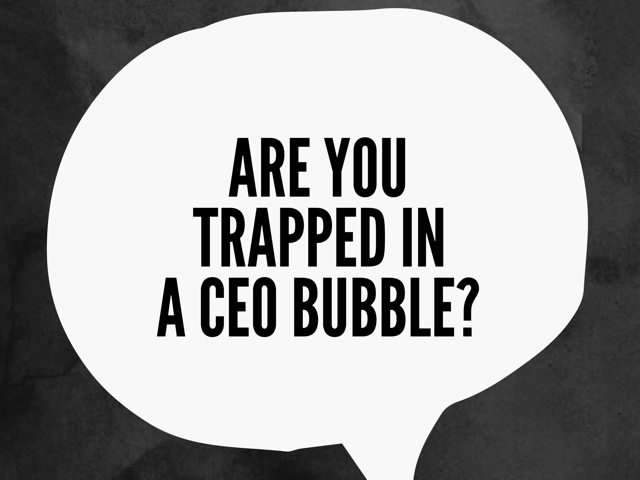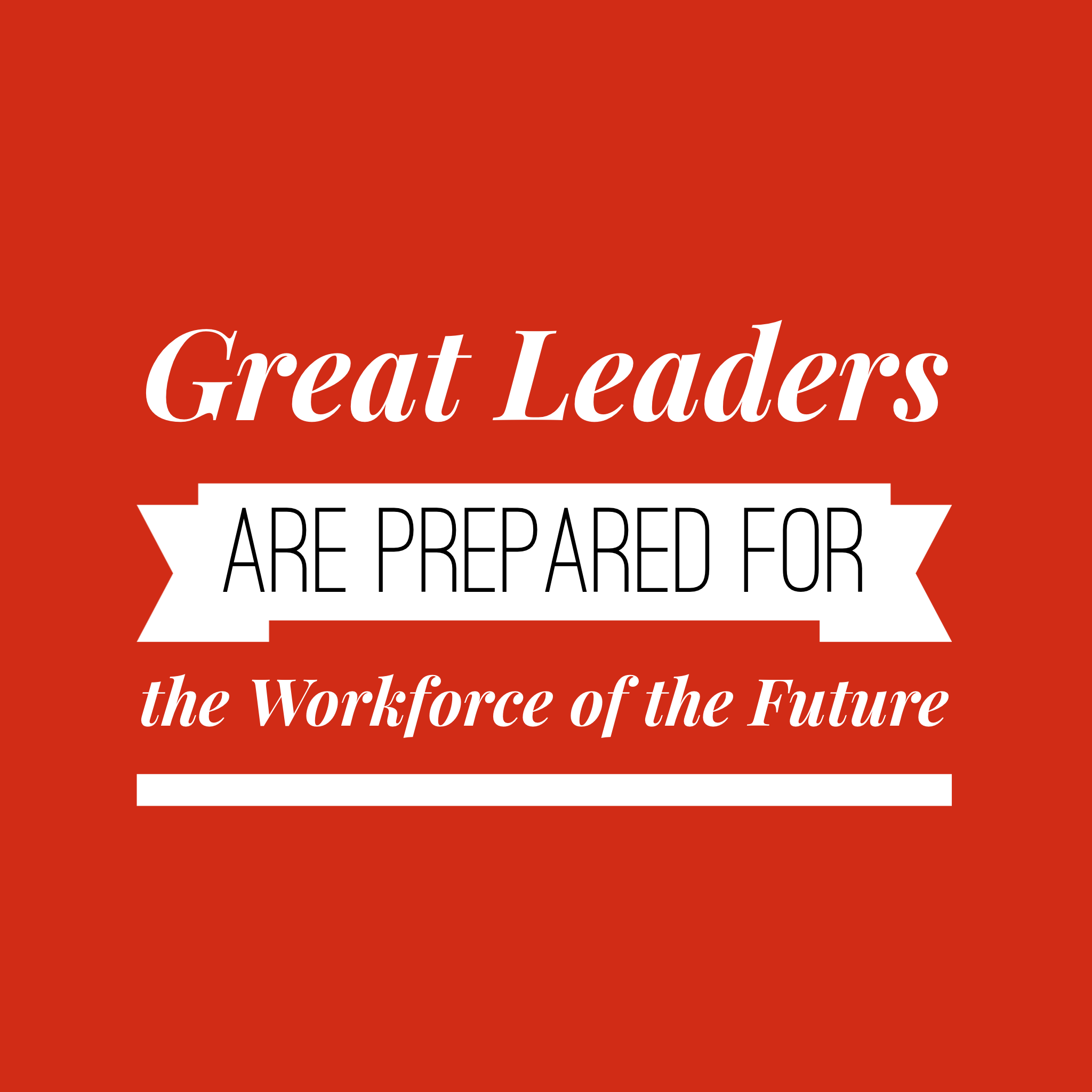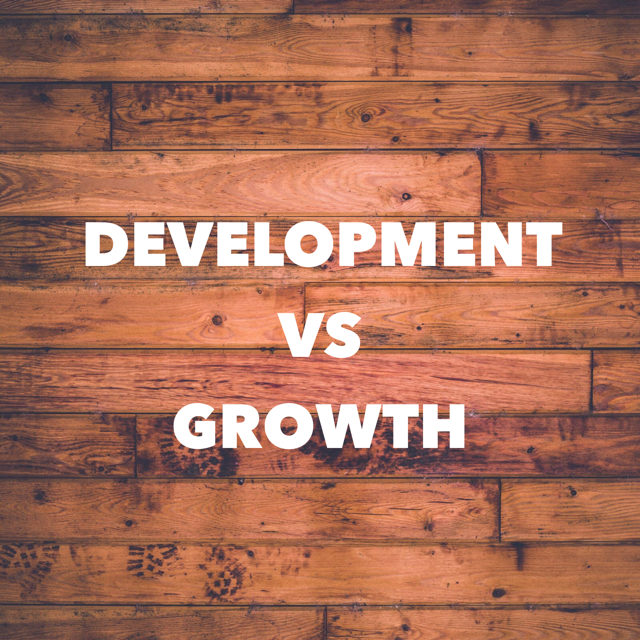Great Leaders are Mentally Tough
What does being mentally tough mean? What is a mentally tough leader and why is it important to long-term success?
Mental toughness in business is the same as mental toughness in professional sports. You need to be able to manage the good, great and inspirational days with the bad, terrible or disastrous days – and not give up.
Leaders in the C- Suite are constantly faced with a variety of internal and external challenges that require the ability to access mental toughness with mindsets of perseverance and determination to support them as they lead their organizations through downturns, business growth and risk, team or client conflicts, and controlling the emotions and stress that come with negotiating a large strategic business deal.
When emotions are running high, you need to be able to bring yourself and your organization back to stable ground and find solutions to move forward.
Top 6 Practices to Being Mentally Tough:
Focus combined with a solid game plan and key measurables are great starting points for practicing the art of mental focus. When you have a plan and targets, you have something to focus on. As an athlete, when you are focused you can be very self-aware of what your body is telling you during training and live performances so you can make adjustments in the moment and not be distracted.
Be an observer (look, listen and sense) of your surroundings so you can learn to focus on what is important versus what is noise.
Self-Talk is a very powerful tool. Self-talk are the internal conversations you have with yourself all day and therefore the most powerful messages you receive. Self-talk, whether positive or negative, can highly affect your mindset and performance. Self-talk is the biggest influence on your mindset and perception of your world experiences.
Being aware of negative self-talk can help you to shift your mindset to positive self-talk.
Mental practices are used as a form of visualization practice. Mental practice involves creating images in your mind where you experience your performance before it is created. You imagine how it looks, feels, feels and tastes in the visualization
Developing a deep breathing practice is also a mental practice as it can increase your quality of attention/concentration.
Trust is very important in mental toughness. You need to trust your support team and be open to their feedback and their teachings. This creates trust within the team and allows for different perspectives and ideas to come to the surface. Trust that your training program and performance preparation has sufficiently prepared you for success; this breeds confidence in yourself and your process.
Plan for challenging scenarios to be present and create contingency plans so that you are mentally prepared to deal with them in the moment. This will help to alleviate unnecessary stress.
Embrace setbacks and learn to capture what the experience is teaching you. Learn to view all setbacks as an opportunity to learn, rather than a frustration. This practice will reduce stress and move you forward, rather than keeping you locked in the past.
For example, when a project is faced with many challenges, change your state of mind quickly by leveraging the Power of a Pause – 5 deep breathes and ask yourself this empowering question – “Is this a threat or opportunity”. This mindset shift will provide an opening for new thoughts ideas and solutions.
De-brief every performance by asking yourself:
- What went well?
- What do I need to improve?
- What do I need to stop doing?
Challenge your comfort zone by being bold and doing something that makes pushes your boundaries and takes you into new ways of being (new behaviors, new thoughts, new mindsets, new actions). Greatness tends to lie just outside of most people’s comfort zone. Be open and willing to explore new experiences and challenge your current mindsets.
Great leaders understand the power of mental toughness and when to access it. Professional athletes also rely on mental toughness to achieve their goals.
The #1 Secret to Success for 28 Medal – Olympic Champion Michael Phelps is Mental Strength
https://www.youtube.com/watch?v=873NJ76wSeA
Leadership Challenge
Take 10 – 20 minutes and evaluate your leadership performance from the past 7 days and assess which of the 6 mental toughness practices you need to strengthen.


